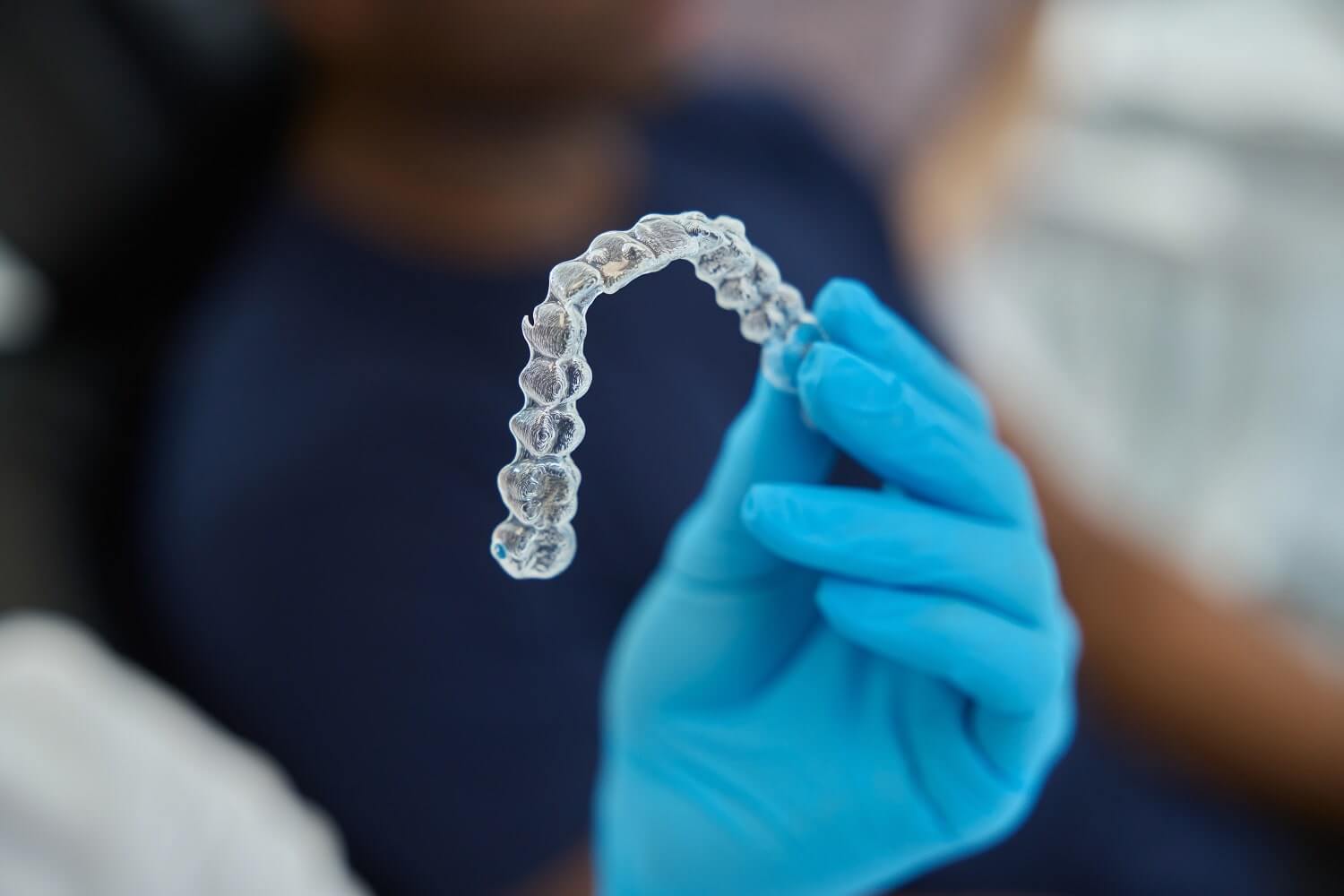
When it comes to straightening your teeth, there are several options available to you, with traditional braces and Invisalign being among the most popular treatment methods. Both of these options have their advantages and disadvantages and, for many, choosing between them can be a tough decision.
As a leading private dental clinic in Stretford, the team at Riyo Dental understands the importance of making an informed choice when it comes to your dental treatment. In this comprehensive guide, we’ll compare Invisalign and braces to help you decide which option is best suited to your unique needs and circumstances.
Invisalign is a modern orthodontic treatment that utilises a series of clear, removable aligners to straighten teeth. These aligners are custom-made using advanced 3D imaging technology to fit snugly over your teeth, exerting gentle pressure to shift them into the desired position gradually. Each set of aligners is worn for about two weeks before being replaced with the next in the series, slowly progressing towards the final result.
There are various treatment options tailored to address varying degrees of orthodontic issues and patient preferences. Some of the different types of Invisalign available include:
The treatment process for Invisalign will begin with a consultation with one of our dentists, who will assess your oral health and discuss your treatment goals. Using advanced digital imaging technology, we will create a customised treatment plan, mapping out the precise movements of your teeth from their current position to the desired final alignment. Based on this plan, a series of clear aligners will be designed and produced specifically for you.
Throughout the treatment process, you’ll wear each set of aligners for approximately 20-22 hours per day, removing them only to eat, drink (except water), brush your teeth, and floss. Every couple of weeks, you’ll switch to a new set of aligners that are better suited to the current position of your teeth. Your dentist will arrange regular check-ups to monitor your progress and ensure that your treatment is on track.
Traditional braces consist of metal brackets bonded to the front surface of your teeth and connected by wires and elastic bands. These components work together to exert controlled pressure on your teeth, gradually moving them into the desired alignment. Regular adjustments by your dentist or orthodontist are necessary to ensure proper tooth movement and alignment throughout the process. While traditional braces may be more noticeable than Invisalign, they remain a highly effective and reliable option for correcting various orthodontic issues.
As with Invisalign, traditional braces come in various types, each offering unique features and aesthetics:
First and foremost, you will meet with an orthodontist once or twice before actually getting your braces. At this stage, the orthodontist will perform a clinical exam, take x-rays, and get dental impressions of your teeth.
During the procedure, metal brackets will be carefully attached to your teeth using a small amount of non-toxic dental glue, which is cured with a blue light before securing the brackets. Metal bands are then placed around the back molars to provide additional support for the braces – these are also secured with dental glue. The orthodontist will then attach the archwire to the brackets using small rubber bands (ligatures) to hold it in place. Lastly, the end of the archwire is trimmed to prevent gum irritation. Once that’s done and your dental professional is happy, you’ll be good to go!
You’ll need to return occasionally for adjustments, depending on the movement of your teeth. Your orthodontist may tighten the archwire or replace it with thicker a thicker one to maintain the desired pressure on your teeth. These adjustments are crucial for ensuring consistent and controlled tooth movement throughout the treatment process.
As mentioned earlier, each of these treatment options has its own set of advantages and disadvantages. It’s important to consider these carefully, as they may play a key role in your decision. Let’s take a look at the pros and cons of both Invisalign and traditional metal braces:
One of the primary benefits of Invisalign is its nearly invisible appearance. Unlike traditional braces, Invisalign aligners are discreet, allowing adult patients to undergo orthodontic treatment without drawing attention. This aspect is particularly appealing to professionals and self-conscious teens.
Invisalign aligners can be removed for eating and drinking, enabling you to enjoy your favourite foods without restrictions. This convenience eliminates the need to alter your diet or eating habits, unlike braces, which may pose challenges with certain foods.
Removing Invisalign retainers for brushing and flossing ensures thorough oral hygiene maintenance. Without brackets and wires obstructing access to your teeth, you can continue your oral care routine with ease, reducing the risk of dental issues sometimes associated with traditional braces.
With Invisalign, much of the treatment planning occurs before wearing the aligners, minimising the need for frequent orthodontist visits. A 3D scan of your teeth facilitates the creation of customised aligners, reducing the number of appointments required for adjustments.
While moving teeth with Invisalign can cause discomfort similar to traditional braces, the absence of metal components reduces the likelihood of mouth and gum irritation. Invisalign aligners are crafted from a special plastic material, offering a comfortable fit tailored to each patient.
The ability to remove Invisalign aligners presents both advantages and challenges. Compliance with wearing the aligners for the recommended 20-22 hours daily is essential for successful treatment. Failure to adhere to this requirement can compromise the effectiveness of the treatment.
Removing aligners before eating and drinking, coupled with the need to brush your teeth before reinserting them, can be inconvenient, particularly in social settings. Additionally, the risk of losing or misplacing aligners when out in public poses a concern for some patients.
The cost of Invisalign treatment can be comparable to braces, depending on the complexity of the case and additional factors. However, certain orthodontic issues may necessitate supplementary treatments with braces, potentially increasing the overall cost.
Invisalign may not be suitable for complex orthodontic cases, as it has limitations in terms of the extent to which teeth can be moved. Before opting for Invisalign, it’s essential to discuss your treatment expectations with your orthodontist to ensure alignment with your desired outcome.
Some Invisalign patients may require attachments to aid in aligner retention and tooth movement. While these attachments blend with the natural tooth colour, they may be visible and resemble clear braces rather than aligners.
Braces are highly versatile and can address various dental and facial issues, regardless of complexity. Anchors and archwires exert powerful forces to manoeuvre teeth into the desired position, making braces suitable for a wide range of treatments.
The robust mechanics of braces allow for precise control over tooth movement, often resulting in optimal outcomes compared to Invisalign. Braces can exert greater force, facilitating more significant adjustments and achieving comprehensive correction.
Modern braces offer a range of options, some of which we covered above, thus catering to individual preferences for aesthetics and functionality. Patients can select the most suitable option based on their needs and lifestyle.
In certain cases, braces may achieve faster treatment outcomes compared to Invisalign, particularly when closing gaps and aligning teeth. The expertise of the orthodontist also plays a crucial role in accelerating treatment progress.
Some individuals may feel self-conscious about the visible appearance of traditional braces, particularly in social or professional settings. However, modern alternatives like ceramic and lingual braces offer discreet options to address aesthetic preferences.
Maintaining oral hygiene with braces requires extra diligence, as food particles can accumulate around brackets and wires, leading to plaque buildup and dental issues. Patients must adhere to specific brushing and flossing techniques recommended by their orthodontist.
Certain foods and beverages may pose challenges with braces, as they can damage or dislodge brackets and wires. Patients need to exercise caution and avoid hard, sticky, or crunchy foods to prevent treatment setbacks.
Braces necessitate frequent visits to the orthodontist for adjustments and progress monitoring, typically occurring every month. While these appointments are essential for treatment efficacy, they may require additional time and effort for patients.
Invisalign and traditional braces are both highly effective methods of straightening teeth and achieving the smile you’ve always dreamed of. Each option offers unique advantages and considerations, making it essential to weigh up your priorities and consult with an expert before making your final decision.
If you’re looking for expert advice on teeth straightening options or would simply like to learn more about our cosmetic dentistry treatments, Riyo Dental is here to support you every step of the way. Our dedicated team will work closely with you to develop a personalised treatment plan that aligns with your goals, lifestyle and budget. Contact us today to find the best treatment option for you or, if you’ve already made the all-important decision, schedule a consultation now to get started!

Ask us anything – we’re open books and here to help!

We’re always listening – we’re not happy ‘til you’re happy!

Ready when you are – and with you all the way!
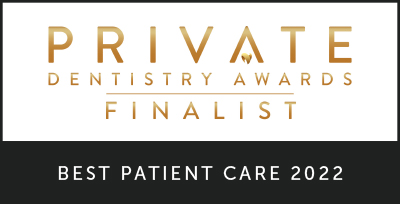
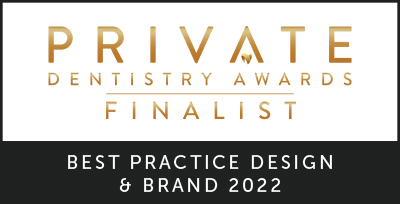
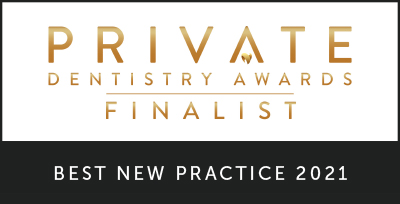
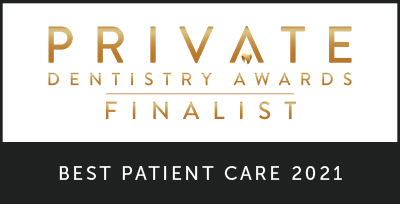
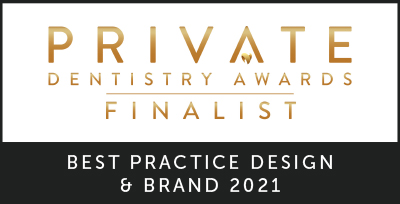
© Copyright 2025 Riyo Dental | Privacy Policy | Cookie Policy